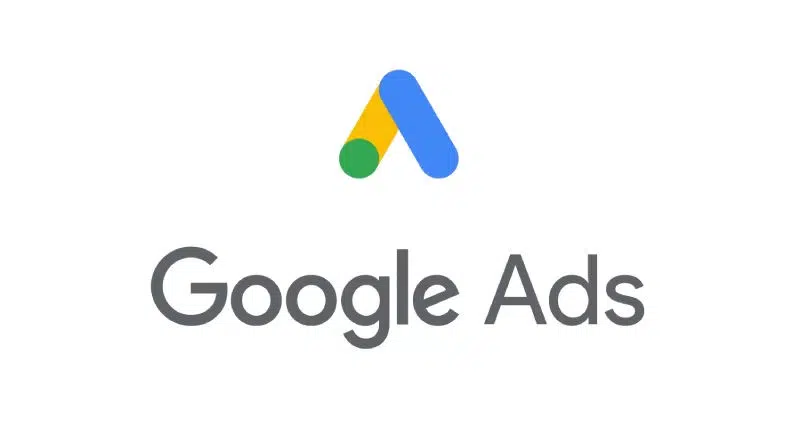Running your first Google Ads campaign can feel overwhelming — especially with all the settings, keyword options, and bidding strategies. But the good news is, you don’t need to be a marketing expert to get started. This beginner-friendly guide will walk you through the essentials so you can confidently launch your first campaign and start driving traffic to your website.
Step 1: Define Your Goal
Before you even log in to Google Ads, get clear on what you want to achieve. Do you want more website visits, leads, phone calls, or sales?
Common campaign goals include:
- Driving traffic to a landing page
- Generating phone calls or form submissions
- Promoting an online store or product
- Increasing local foot traffic
Your goal will guide the rest of your setup.
Step 2: Set Up a Google Ads Account
Head to ads.google.com and sign in with your Google account. If you’re new, Google will walk you through a quick setup process. Choose “Expert Mode” if you want full control over your campaign settings (recommended for long-term success).
Step 3: Choose Your Campaign Type
For beginners, Search Campaigns are a great starting point. These are text ads that show up when people search for terms related to your business.
Other types include:
- Display (image ads on websites)
- Video (YouTube)
- Shopping (for eCommerce)
- Performance Max (automated across all channels)
Step 4: Set Your Budget and Bidding Strategy
Start small — even $10–$20/day can generate useful data. Then choose a bidding strategy based on your goal:
- Maximize Clicks (for website traffic)
- Maximize Conversions (for leads or sales)
- Target CPA (for cost-per-acquisition control)
You can switch bidding strategies later as your campaign matures.
Step 5: Define Your Audience and Location
Narrow down where your ads will show:
- Geography: Local, regional, or national targeting
- Language: Usually English, but adjust based on audience
- Devices: Mobile vs desktop (you can adjust bids by device later)
Step 6: Select Keywords
This is crucial. Use Google’s Keyword Planner to find relevant search terms with decent volume and low-to-medium competition. Group them into themes so you can create tightly focused ad groups.
Tips:
- Avoid overly broad keywords like “marketing” — get specific
- Use a mix of match types (broad, phrase, exact) to control targeting
- Add negative keywords to avoid irrelevant clicks
Step 7: Write Your Ads
Each ad group should have 2–3 ads with:
- A strong, keyword-focused headline
- Clear value propositions
- A call to action (e.g., “Get a Free Quote” or “Shop Now”)
Make sure the landing page you’re linking to is relevant and mobile-friendly.
Step 8: Launch and Monitor
Once everything looks good, hit Publish! Your ads will go through a quick review before going live.
After launch:
- Check performance daily for the first week
- Pause poor-performing keywords or ads
- A/B test headlines and descriptions
- Use conversion tracking to measure ROI
Final Thoughts
Your first Google Ads campaign doesn’t need to be complicated. With the right setup and a bit of monitoring, you can start driving meaningful traffic to your site in no time. Focus on clear goals, tight keyword targeting, and ad copy that speaks directly to your audience — and you’ll be well on your way to success.
